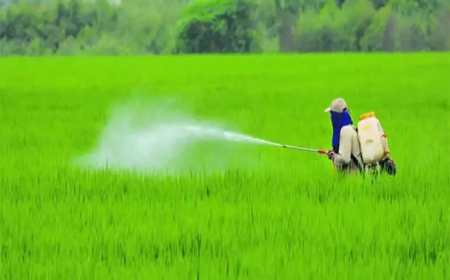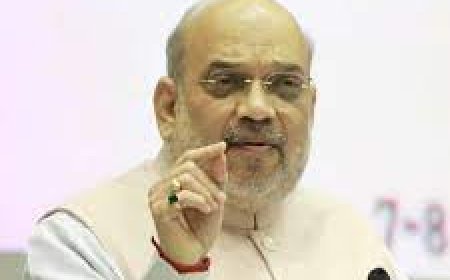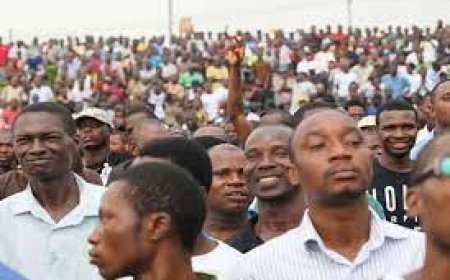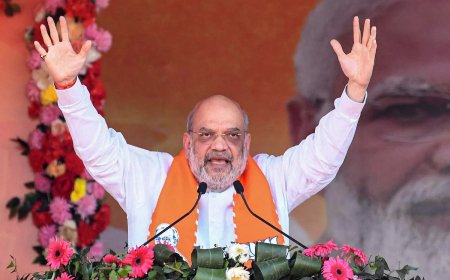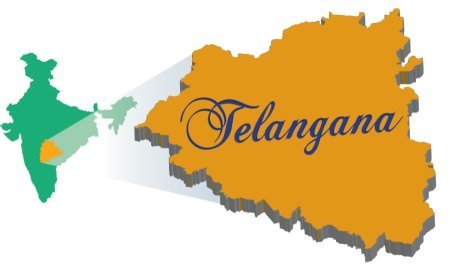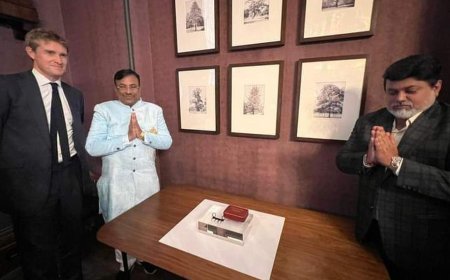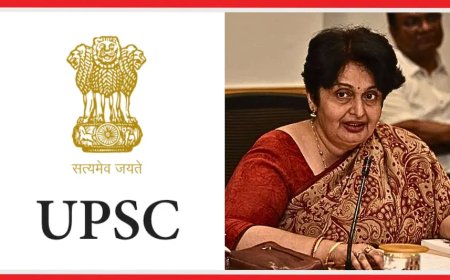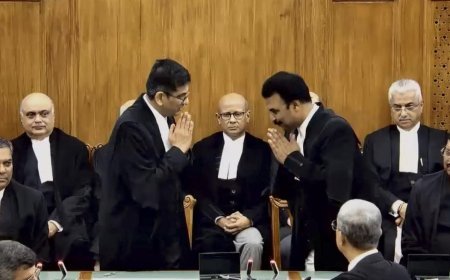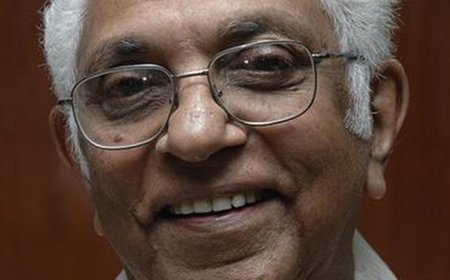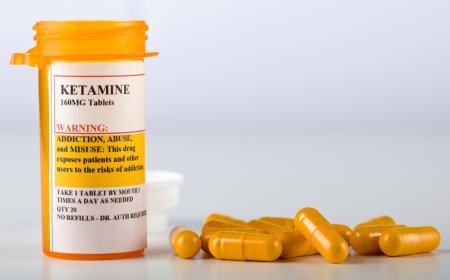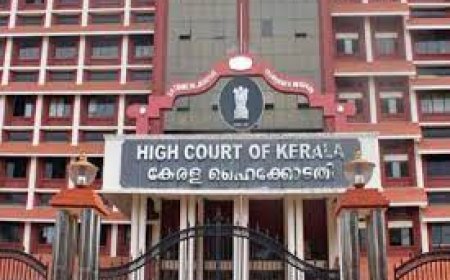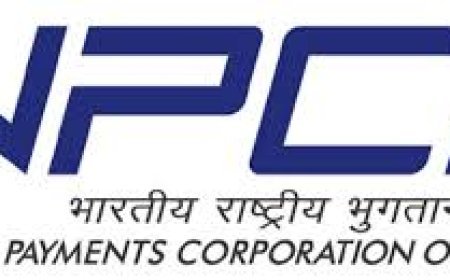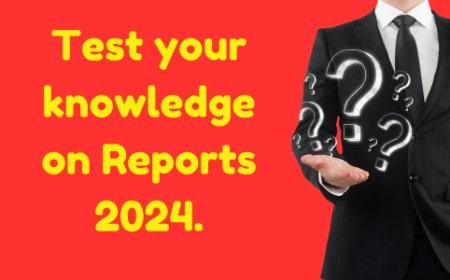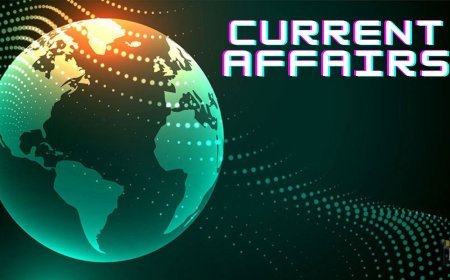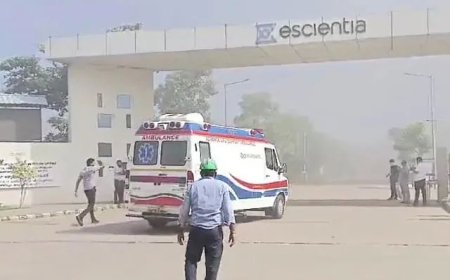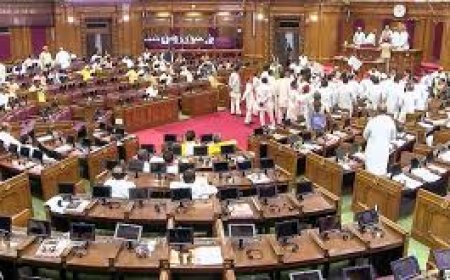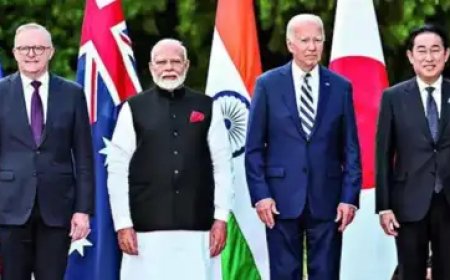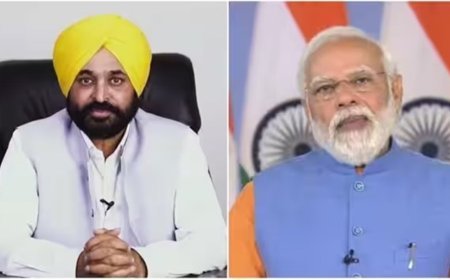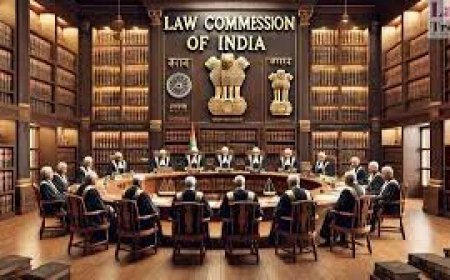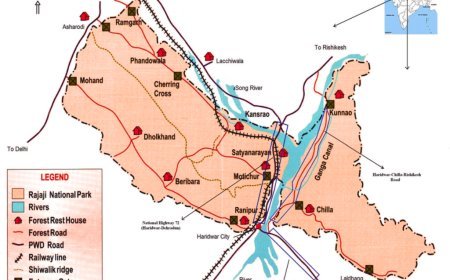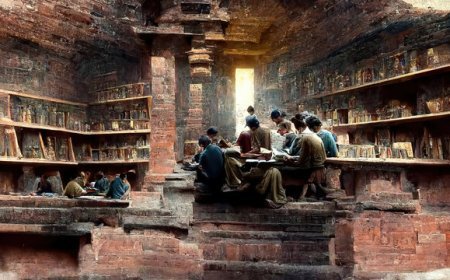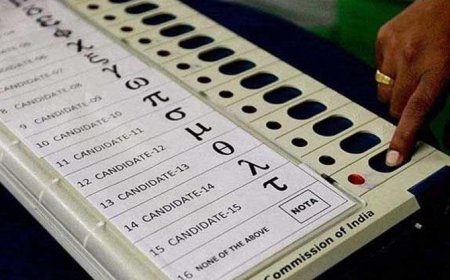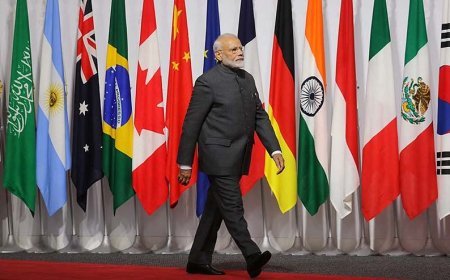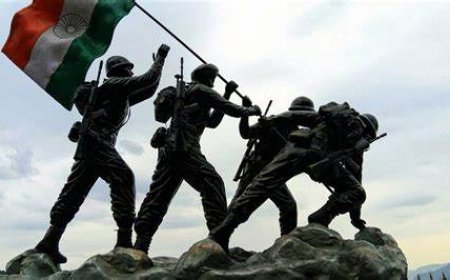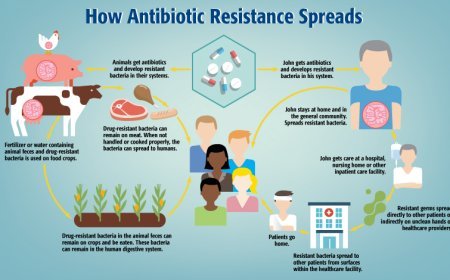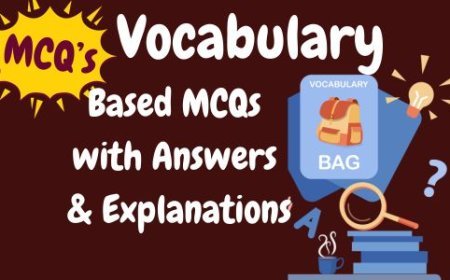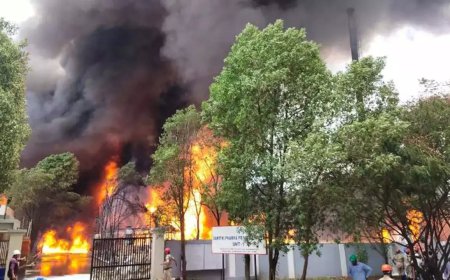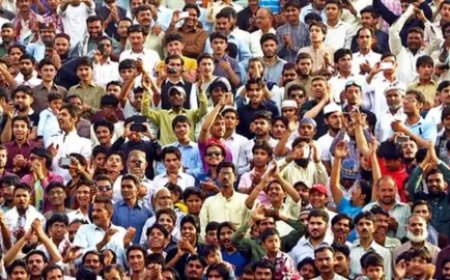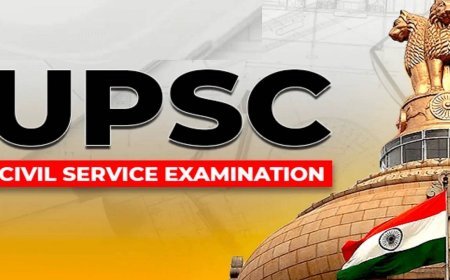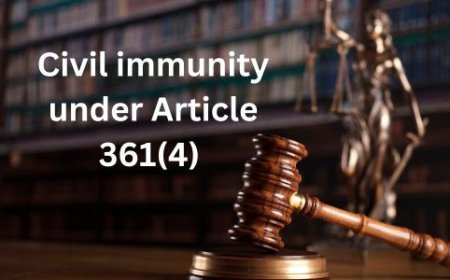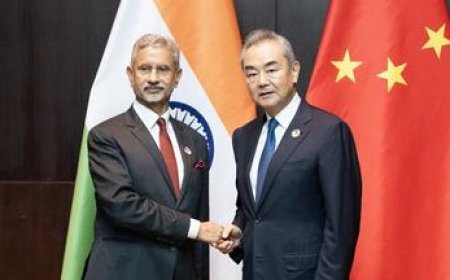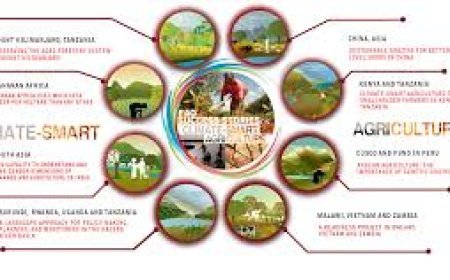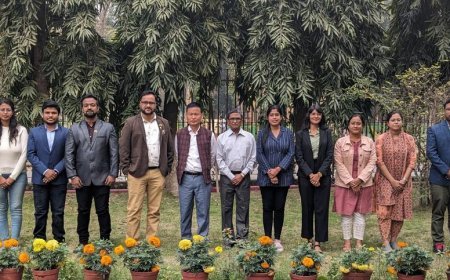Daily Current Affairs Quiz: Boost Your General Knowledge 9th August 2024

Daily Current Affairs Quiz: Boost Your General Knowledge 9th August 2024
1. Which Indian state has recently declared the Guru Ghasidas-Tamor Pingla Tiger Reserve as its fourth tiger reserve?
A) Madhya Pradesh
B) Jharkhand
C) Chhattisgarh
D) Odisha
Answer: C) Chhattisgarh
Explanation: The Chhattisgarh Government has declared the Guru Ghasidas-Tamor Pingla Tiger Reserve as its fourth tiger reserve, adding to the existing three: Indravati, Udanti-Sitanadi, and Achanakmar tiger reserves.
2. The Guru Ghasidas-Tamor Pingla Tiger Reserve is the third largest in India. Which tiger reserve is the largest?
A) Manas Tiger Reserve
B) Nagarjunasagar Srisailam Tiger Reserve
C) Sundarbans Tiger Reserve
D) Corbett Tiger Reserve
Answer: B) Nagarjunasagar Srisailam Tiger Reserve
Explanation: The Guru Ghasidas-Tamor Pingla Tiger Reserve is the third largest tiger reserve in India. The largest is the Nagarjunasagar Srisailam Tiger Reserve, located in Andhra Pradesh.
3. What unique reproductive characteristic is associated with male seahorses?
A) They lay eggs
B) They give birth to live young
C) They fertilize the eggs externally
D) They produce milk for the young
Answer: B) They give birth to live young
Explanation: Male seahorses have a unique reproductive role where they carry the fertilized eggs in a brood pouch and give birth to live young, a rare trait among animals.
4. What ecological role do seahorses play in their habitats?
A) They primarily feed on plankton
B) They are top predators in the marine ecosystem
C) They feed on bottom-dwelling organisms and small shrimp
D) They help in coral formation
Answer: C) They feed on bottom-dwelling organisms and small shrimp
Explanation: Seahorses feed on bottom-dwelling organisms and small shrimp, making them integral to the marine food chain and contributing to the health of their habitats.
5. What does the 10th Finance Commission's proposal suggest regarding the declaration of a disaster as a "national calamity of rarest severity"?
A) A disaster must affect one-third of the population of a state
B) A disaster must affect the entire population of a state
C) A disaster must result in over 10,000 fatalities
D) A disaster must cause economic loss exceeding a state's GDP
Answer: A) A disaster must affect one-third of the population of a state
Explanation: The 10th Finance Commission suggested that a disaster could be termed a "national calamity of rarest severity" if it impacts one-third of a state's population. However, this classification is still evaluated on a case-to-case basis.
6. What financial support mechanism is triggered when a calamity is declared of “rare severity”?
A) Establishment of a special disaster relief fund by the state
B) Additional assistance from the National Disaster Response Fund (NDRF)
C) Complete financial autonomy to the state government
D) Direct funding from international organizations
Answer: B) Additional assistance from the National Disaster Response Fund (NDRF)
Explanation: When a calamity is declared of "rare severity," additional support is provided at the national level, including possible assistance from the National Disaster Response Fund (NDRF), ensuring the state has the necessary resources to manage the disaster.
7. Which act governs the removal, storage, and transplantation of human organs in India?
A) The Indian Medical Act, 1986
B) The Transplantation of Human Organs and Tissues Act, 1994
C) The Health and Safety Act, 2000
D) The National Organ Donation Act, 2010
Answer: B) The Transplantation of Human Organs and Tissues Act, 1994
Explanation: The Transplantation of Human Organs and Tissues Act, 1994, is the primary legislation in India that regulates the removal, storage, and transplantation of human organs and tissues for therapeutic purposes. It also aims to prevent commercial dealings in human organs.
8. What is the primary function of the National Organ and Tissue Transplant Organisation (NOTTO)?
A) To regulate the pharmaceutical industry
B) To manage the online registry for organ donation
C) To coordinate organ donation and transplantation activities at the national level
D) To issue licenses for organ transplants
Answer: C) To coordinate organ donation and transplantation activities at the national level
Explanation: NOTTO is a national-level organization under the Ministry of Health and Family Welfare that is responsible for coordinating organ donation and transplantation activities across the country, ensuring the efficient and ethical management of organ transplants.
9. Which of the following is not one of the four pillars of the QCI Surajya Recognition & Ranking Framework?
A) Shiksha (Education)
B) Swasthya (Health)
C) Samriddhi (Prosperity)
D) Suraksha (Security)
Answer: D) Suraksha (Security)
Explanation: The QCI Surajya Recognition & Ranking Framework is based on four pillars: Shiksha (Education), Swasthya (Health), Samriddhi (Prosperity), and Sushasan (Governance). Suraksha (Security) is not one of these pillars.
10. Which state leads in the Shiksha category of the QCI Surajya Rankings with the highest number of accreditations, assessments, and ratings?
A) Gujarat
B) Uttar Pradesh
C) Karnataka
D) Delhi
Answer: B) Uttar Pradesh
Explanation: In the QCI Surajya Rankings, Uttar Pradesh leads in the Shiksha (Education) category with the highest number of accreditations, assessments, and ratings, demonstrating a strong commitment to educational quality.
11. Which of the following works by Rabindranath Tagore earned him the Nobel Prize in Literature in 1913?
A) Manasi
B) Gitanjali
C) Amar Sonar Bangla
D) Banglar Mati Banglar Jol
Answer: B) Gitanjali
Explanation: Rabindranath Tagore's collection of poems titled Gitanjali (Song Offerings) earned him the Nobel Prize in Literature in 1913, making him the first non-European to receive this prestigious award.
12. Which of the following universities was founded by Rabindranath Tagore in 1921?
A) Banaras Hindu University
B) Aligarh Muslim University
C) Visva-Bharati University
D) Jawaharlal Nehru University
Answer: C) Visva-Bharati University
Explanation: Rabindranath Tagore founded Visva-Bharati University in Santiniketan, West Bengal, in 1921. The university was established with the vision of blending the best of Indian and Western cultures and education.
13. What is the target amount of stressed assets that the National Asset Reconstruction Company Ltd (NARCL) aims to acquire by FY26?
A) ₹500 billion
B) ₹1 trillion
C) ₹2 trillion
D) ₹3 trillion
Answer: C) ₹2 trillion
Explanation: NARCL aims to acquire ₹2 trillion worth of stressed or non-performing assets (NPAs) from banks by FY26, having already achieved the ₹1 trillion mark in FY24.
14. Which of the following best describes a "Loss Asset" in the context of Non-Performing Assets (NPAs)?
A) An asset that has been an NPA for less than 12 months
B) An asset that is fully recoverable by the bank
C) An asset classified as "uncollectible" with negligible value
D) An asset that is currently generating regular income for the bank
Answer: C) An asset classified as "uncollectible" with negligible value
Explanation: A "Loss Asset" is an NPA that is deemed "uncollectible" or has such minimal value that it is not recommended to be kept as a bankable asset. It represents the most severe category of NPAs.
15. What significant change does the bill introduce to the Waqf Act, 1995?
A) Renaming the Waqf Act as the Unified Waqf Management, Empowerment, Efficiency and Development Act, 1995
B) Introduction of a new category of waqf properties
C) Abolition of Waqf Boards
D) Complete privatization of Waqf properties
Answer: A) Renaming the Waqf Act as the Unified Waqf Management, Empowerment, Efficiency and Development Act, 1995
Explanation: The bill proposes renaming the Waqf Act, 1995, to the Unified Waqf Management, Empowerment, Efficiency and Development Act, 1995, to better reflect its objectives.
16. Which section related to the powers of the Waqf Board is proposed to be omitted in the new bill?
A) Section 20
B) Section 40
C) Section 50
D) Section 60
Answer: B) Section 40
Explanation: The bill seeks to omit Section 40, which relates to the powers of the Waqf Board to decide if a property is waqf property. This is part of broader administrative changes aimed at streamlining the management of waqf properties.
17. Which organization co-organized the business summit of the Bay of Bengal Initiative for Multi-Sectoral Technical and Economic Cooperation (BIMSTEC) along with the Ministry of External Affairs?
A) Federation of Indian Chambers of Commerce & Industry (FICCI)
B) Confederation of Indian Industry (CII)
C) National Association of Software and Service Companies (NASSCOM)
D) Indian Council for Research on International Economic Relations (ICRIER)
Answer: B) Confederation of Indian Industry (CII)
Explanation: The business summit of BIMSTEC was co-organized by the Confederation of Indian Industry (CII) and the Ministry of External Affairs to discuss trade and economic cooperation among member countries.
18. What is the significance of BIMSTEC in terms of global population and economic contribution?
A) Home to 10% of the world population with a combined GDP of $1.5 trillion
B) Home to 22% of the world population with a combined GDP of about $3.6 trillion
C) Home to 15% of the world population with a combined GDP of $5 trillion
D) Home to 30% of the world population with a combined GDP of $2 trillion
Answer: B) Home to 22% of the world population with a combined GDP of about $3.6 trillion
Explanation: BIMSTEC countries represent 22% of the total world population and have a combined GDP of approximately $3.6 trillion, highlighting the region's significant economic potential.
What's Your Reaction?







